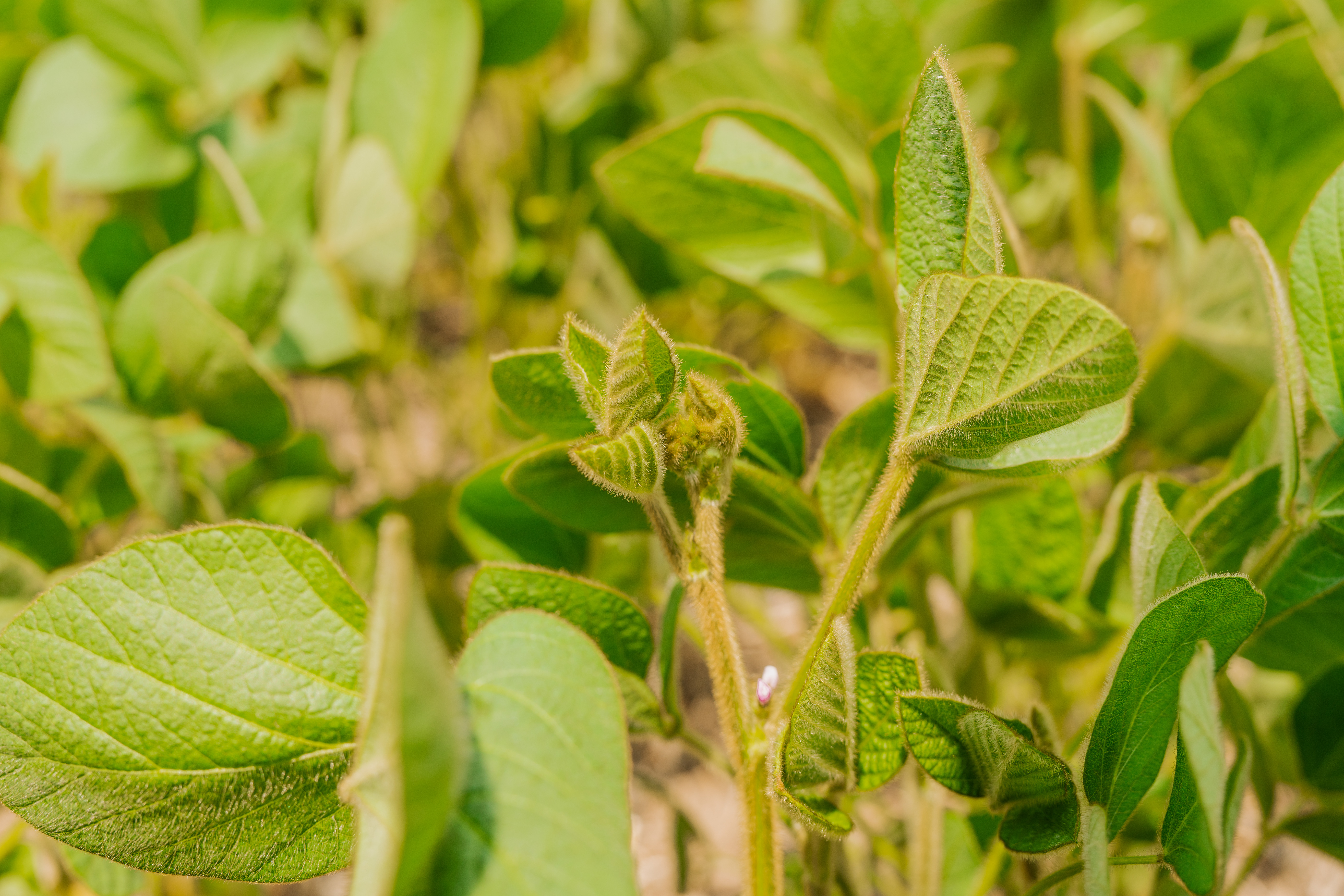By Noelle Chorney
Soy Canada brings the soybean value chain together so that farmers can get the most for their soybeans by building demand, preventing and resolving trade issues, and providing leadership to tackle complex industry-wide challenges. Soybeans are an emerging and promising crop in Saskatchewan, and being a member of Soy Canada enables Saskatchewan growers to connect with nationwide industry support and market development.
Building Market Demand
For over 30 years, the Canadian soybean industry has built a reputation for high quality and traceability. Soy Canada continues that focus as opportunities emerge with growing populations, increased demand for feed, and a growing demand for plant-based diets.
Soy Canada connects Canadian exporters and growers with international customers to share the advantages of using Canadian soybeans. They pivoted from in-person to virtual events this year, connecting with over 400 potential buyers from Japan and throughout Asia by hosting two online seminars and participating in two webinars. Their efforts allowed them to maintain contact with customers and highlight the quality, traceability, and sustainability of soybeans. As a result, they increased their customers’ knowledge about the value provided by our soybeans and supported demand for Canadian soybean products.
They are continuing their promotional efforts with an in-person mission to Japan, Vietnam, and Malaysia in early February 2023 that will bring farmers, exporters, and customers together. Brian Innes, Executive Director of Soy Canada says, “There are opportunities for Prairie soybeans in Southeast Asia, with growing demand in feed markets in Vietnam, Bangladesh, and Pakistan. Prairie soybeans have proven to be an economical fit for livestock rations in these regions.”
Maintaining an Open and Free Trade Environment
With 70% of Canadian soybean production exported to over 60 countries every year, working to prevent market access issues and support predictable and competitive trade rules is vitally important for the value chain.
Innes says, “Dealing with issues related to market access is a top priority for the organization.” Last year they kept a close watch on potential concerns and maintained regular contact with Government of Canada representatives on issues such as China’s facility registration requirement, ongoing restrictions on bulk shipments to Vietnam, and Japan’s new genetically modified (GM) labelling requirements.
Throughout the year, they monitored proposed changes to pesticides, labelling, and the deforestation policy that could impact market access. Looking forward, Soy Canada will be serving Saskatchewan soybean growers’ interests by addressing restrictions related to weed seeds in Vietnam markets.
Coordinating Research and Innovation
Getting the most from private, grower, and public investment in genetics and research requires coordination to grow the soybean industry and compete with the best in the world.
Innes says, “Last year at the Northern Soybean Summit there were candid discussions about the quality of soybeans we produce on the Prairies, the markets that demand them, and the fit of Prairie soybeans for global markets. The takeaway is that there is a lot of demand for the quality of soybeans we produce on the Prairies, from feed manufacturers who can blend soybeans to meet livestock feed requirements.”
Industry Leadership
When issues or opportunities arise where the value chain needs to come together, Soy Canada is there to provide leadership and a voice for Canadian soybeans.
In Ottawa, they advocate for the needs and priorities of the industry as a whole. As the Canadian Clean Fuel Regulations were developed, they worked to enable demand for biofuel made from soybean oil. Alongside industry partners, they ensured that Canadian soybeans will be a competitive feedstock for biofuels and advocated so producers can take advantage of this market opportunity.
Innes says, “It is important for Saskatchewan pulse producers to know that there is a strong demand for any soybean you produce. We are a small part of the world supply of soybeans, but Prairie soybeans fit a market space for animal feed and biofuels, and that demand is growing.”

Published February 2023



